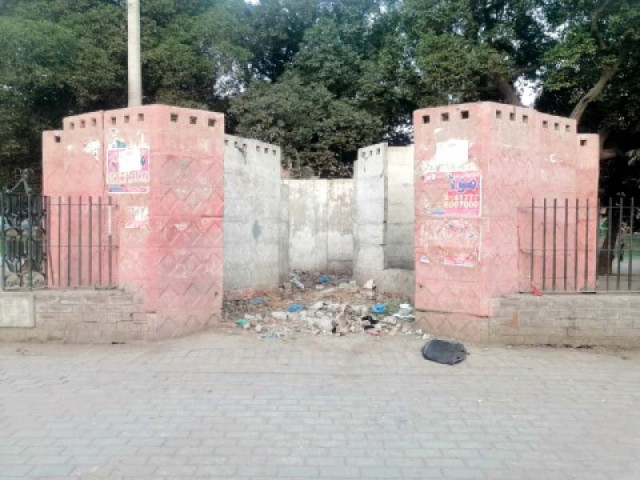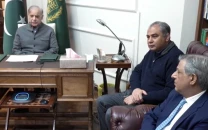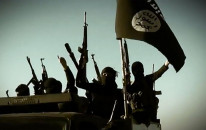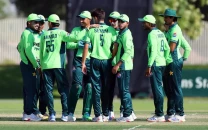The horrid state of Karachi’s public toilets
The few latrines that remain have become grotty little congregational spots for the city’s heroin addicts

This terror tale chronicles an urban metropolis, throbbing with a seismic population of more than 20 million people, all of whom are forced to rely on a total of 17 public toilets for their excretory needs.
However, the ghost of this story is not the abysmal number of lavatories in the city, but rather the gruesome state of existing toilets that can make anyone’s blood run cold on sight. Too filthy and too broken to operate, these spaces of public convenience have slowly turned into congregational spots for heroin addicts, while the city’s many walls take the spraying fallout. “KMC toilets remain open from 8:00 AM to 10:00 PM,” said Muhammad Sabir, who looks after a public latrine located at Jail Chowrangi.
“But caretakers don’t receive any salary, the sewage lines have been clogged for several months and it is only the men’s toilets that work,” he added. Similarly, according to Former Ranchor Lane Union Committee Chairperson Asif Siddiqui, public toilets in the Ranchor Lane Meat Market have also been left to languish in dire straits. “The sanitation system is very poor which often leads to piles of dirt and filth, and turns into a grotesque sight,” he told. Per Siddiqui, the abysmal state of Karachi’s public latrines is a problem carved into the city’s flawed masterplan.
“No government agency, including the Sindh government, the Karachi Metropolitan Corporation and especially the district municipal corporation, has any data on the number of public toilets. Which is because their construction was never taken into consideration during any of the master plans,” he added. The lack of planning in this case is event from the fact that agency has yet bothered to survey the city’s government buildings, schools, hospitals, playgrounds, parks, shopping centers, petrol pumps, mosques, or major highways to compile data on the number of public and private toilets in the city.
According to a privately conducted investigation however, a comprehensive plan was drawn up twice in view of the need for public toilets in Karachi. On the direction of Sindh Government, a task force on municipal services was set up in 1999 under the leadership of Katchi Abadi Director General Tasneem Siddiqui, which formulated recommendations on traffic management, solid waste management, cemeteries, public toilets and other local government issues. In the light of these recommendations, the Citizen Police Liaison Committee (CPLC) had constructed some 54 public toilets along major highways, in government institutions, hospitals and public parks till 2013, without any funds from the government and solely from philanthropic assistance.
At present, these public toilets are operational in 31 places under the control of CPLC, while 17 of them were razed due to developmental projects and other reasons. The concerned government agencies eventually rebuilt toilets in eight places with their own funds, while nine remain missing to date. According to Karachi Development Authority Traffic Engineering Bureau’s former Director Saeed Akhtar, the former city government had constructed bus shelters equipped with public toilets at four places along Shahrah-e-Faisal in 2004.
However, these latrines, built under agreement with a private company, could never be made functional and were transformed into warehouses. “These warehouse stores were ultimately sealed in 2016, on the instructions of Administrator KMC, but the case is still pending in the court on the private company’s appeal,” the erstwhile director revealed, while talking to The Express Tribune.



















COMMENTS
Comments are moderated and generally will be posted if they are on-topic and not abusive.
For more information, please see our Comments FAQ